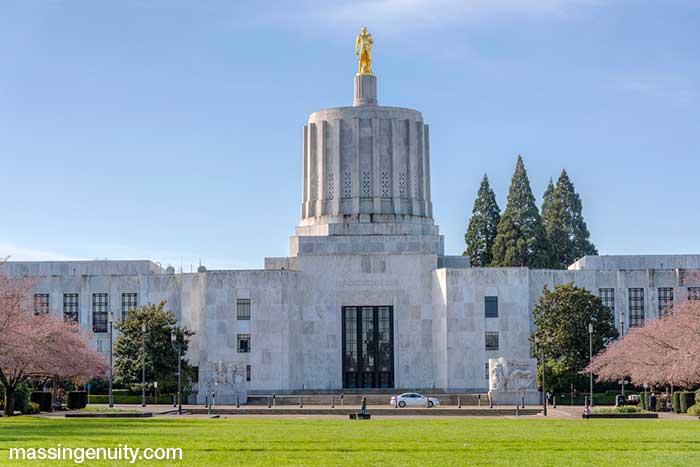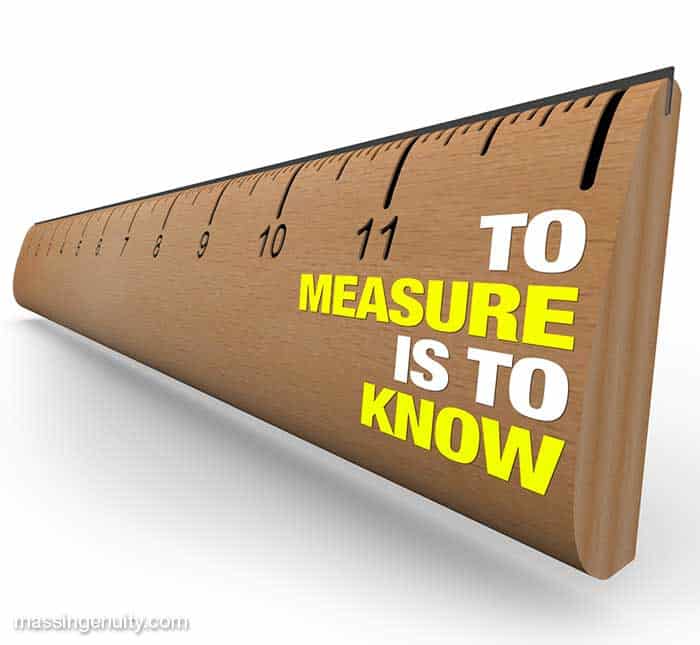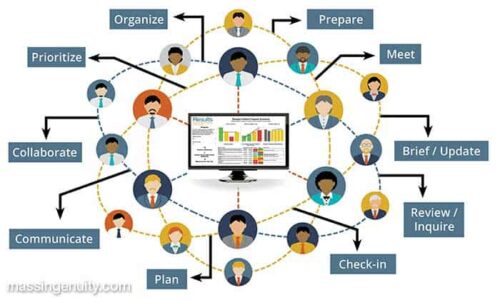
“As the CEO and Leader of Mass Ingenuity, I am focused on assembling the best team possible at all times.” Scott Harra was a three-time customer of ours and became a real evangelist for Results, so it made sense to bring him on board to serve as our Vice President of Marketing and Government Relations.
Scott comes to Mass Ingenuity by way of the Oregon State Government. In this role, Scott is responsible for building relationships throughout state government as well as the commercial marketplace.
Scott’s career in state government spans over 25 years and many different agency positions. Scott gets “good government” and the path to achieving results. He implemented our Results Management System and Software multiple times in Oregon.
His knowledge of Lean, process improvement and the use of data is both extensive and pragmatic. Scott knows how to speak to government leaders in all branches and has often used his data-driven experience to influence legislators, boards, and other stakeholders.
When Scott is not focused on good government, he enjoys golfing around the world and has some amazing stories about Scotland’s great courses.
Best regards,
Aaron Howard, CEO

Scott’s View of Data Success
“About two-thirds of the way through my career, I was asked by the Governor of Oregon to take over an agency that was struggling to meet customer demands and had lost its way.
The legislature was having quiet discussions as to whether the agency should be dismantled. I had come from a very data mature organization. I had at my fingertips the information I needed to inform my decisions.
“When I arrived at my new agency, I found a data adverse organization. Yes, data adverse. When I asked why we did not track what I thought was fundamental information, the response I received was, ‘They might use it against us.’ I am not sure who ‘they’ were, but there was a culture of fear in the organization with respect to the use of data.
“I told people running a large agency without data was like trying to land a 747 at night, in a snowstorm, with no instruments. Hitting the runway and landing the plane was just blind dumb luck.
“When I looked at the annual customer service surveys, I noticed a number of items listed as complaints were issues that had been dealt with years before my arrival. However, they had become part of the legend of poor service. I shared with staff that if we don’t have current data to support our position, it will be our story versus their (the customer’s) story in front of the legislature and that the legislature will believe their story every time.

“Turning around a culture based on fear would take time. A structured approach was needed. Implementing the Results Management System was that structure. As part of implementing the Results Management System, we started doing transactional customer surveys rather than annual surveys.
That way, every time a customer had an interaction with us, they had the opportunity to provide feedback. That also provided our team with actionable information to quickly rectify service issues. It did not take long before our customers were noticing a difference.
“One of the questions on the survey was, ‘Would you recommend this service to a friend.’ Within a year, the percentage of respondents saying ‘yes’ was over 90 percent.
“We built out a structure of process and outcome measures that were focused on the customer’s needs, not on what we thought we could do. This allowed us to focus on how we could change our processes to deliver services in a timely, cost-effective manner.

“One of the questions on the survey was, ‘Would you recommend this service to a friend.’ Within a year, the percentage of respondents saying ‘yes’ was over 90 percent.
“We built out a structure of process and outcome measures that were focused on the customer’s needs, not on what we thought we could do. This allowed us to focus on how we could change our processes to deliver services in a timely, cost-effective manner.
In addition, in those areas of the organization where customers did not have a choice as to where they received their services (we were the sole provider of the service), we set up customer utility boards. These boards were designed to ensure the voice of the customer was heard as we did our strategic planning and pricing of services. Each of these boards developed a series of customer focused performance measures.
“Fast forward a few years. There was a change in the Governor’s Office and I moved on to work for the State Treasurer. My successor asked me to serve as vice-chair of the Enterprise Technology Services Customer Utility Board. It was during that time, the metrics started showing an increase in the number of outages on the state’s network. This was having a major impact on the client agencies and, ultimately, on the citizens of the state trying to get services from the state.

“Analysis of the data showed that the aging infrastructure of the network was becoming the leading cause of outages. Prior to that, most outages were caused by ‘Backhoe Bob,’ construction workers cutting underground fiber.
“Using the data, my successor and I (representing the customer agencies) presented the data to the legislature and asked for a $40 million investment in the network infrastructure. The joint presentation was well received, and the package was approved unanimously.
“So, the agency went from one that feared data to one that used data to describe a problem and provide a solution. This also illustrated the important role leadership plays in providing a safe culture to discuss what the data is telling us. It needs to be used for problem-solving, not the blame game. It is only in a culture of trust and problem-solving will an organization really excel!”

